39 atp molecule label
Biology ATP Flashcards | Quizlet ATP Where in the molecule is energy stored? chemical bonds (in phosphate groups) What are the three parts of an ATP molecule? 1. Adenine 2. Phosphate Groups 3. Ribose Write the reaction for the breakdown of ATP. ATP -> <- ADP + Pi Write the equation for photosynthesis. Sunlight + Carbon Dioxide + Water -> Glucose + Oxygen DOCX ATP consists of 3 parts: 1 adenine molecule, 1 ribose sugar molecule, and 3 phosphate molecules. Energy is stored in the bond that is found between the 2nd and 3rd phosphate groups. COLOR & LABEL the following in the ATP molecules below: adenine - red, ribose - orange, 3 phosphate groups - yellow.
Label the parts of an ATP molecule? - Answers The three parts of an ATP, adenosine triphosphate, molecule are:A sugar (ribose)3 phosphates (the energy is stored in the unstable covalent phosphate bonds)Adenine (a double ring of carbon and ...

Atp molecule label
Solved Adenosine triphosphate (ATP) is a molecule that - Chegg Answer to Solved Adenosine triphosphate (ATP) is a molecule that. Science; Biology; Biology questions and answers; Adenosine triphosphate (ATP) is a molecule that provides energy for cellular functions Label three major components of an ATP molecule NH, C. CH OmCH FT OH OH ribose deoxyribose guanine wo phosphate groups three phosphate groups adenine What are the three parts of an ATP molecule - Quizlet What are the 3 parts of an ATP molecule adenine, ribose, 3 phosphate groups Energy is released from ATP when a phosphate is removed Organisms such as plants that make there own food are called autotrophs Plants gather energy with light-absorbing molecules called pigments Most plants appear green because chlorophyll doesn't absorb green light 9.4: ATP, The Principal Phosphate Group Donor The most important donor of phosphate groups in the cell is a molecule called adenosine triphosphate, commonly known by its abbreviation ATP. that there are essentially three parts to the ATP molecule: an adenine nucleoside 'base', a five-carbon sugar (ribose), and triphosphate.
Atp molecule label. PDF Cambridge International Examinations Cambridge International Advanced ... 5 (a) Fig. 5.1 is a diagram of an ATP molecule. Label Fig. 5.1 to show the structure of an ATP molecule. Fig. 5.1 [3] (b) Statements A, B, C and D are part of the sequence of events that occur during the loading of sucrose into a phloem sieve tube. A hydrogen ions bind to co-transporter protein B diffusion of sucrose via plasmodesmata Adenosine triphosphate - Wikipedia Adenosine triphosphate ( ATP) is an organic compound that provides energy to drive and support many processes in living cells, such as muscle contraction, nerve impulse propagation, condensate dissolution, and chemical synthesis. Chapter 7 Flashcards | Quizlet Adenosine triphosphate (ATP) is a molecule that provides energy for cellular functions. Label three major components of an ATP molecule. three phosphate,ribose,adenine Classify the following statements about the structure of an adenosine triphosphate (ATP) molecule as true or false. Reminder: Adenosine diphosphate is abbreviated ADP. What are three parts of an ATP molecule? | Socratic ATP molecules are used by all living organism as energy to carry out life functions. Also notable, ATP stands for Adenosine Triphosphate. This molecule is composed of three parts: Adenine Ribose Three Phosphate Groups Here is a picture: Answer link
Model of ATP Molecule - Perkins School for the Blind Build an ATP Model First, build your five-carbon sugar, RIBOSE. Use five Popsicle sticks, and hot glue them into a pentagon. Then, hot glue cotton balls on each corner of the shape. Next, build the base, ADENINE. This is going to look like one pentagon and one hexagon stuck together on one side. Steps of cellular respiration | Biology (article) | Khan Academy Steps of cellular respiration. During cellular respiration, a glucose molecule is gradually broken down into carbon dioxide and water. Along the way, some ATP is produced directly in the reactions that transform glucose. Much more ATP, however, is produced later in a process called oxidative phosphorylation. Oxidative phosphorylation is powered ... The ATP Molecule -Chemical and Physical Properties - World of Molecules The Adenosine triphosphate ( ATP) molecule is the nucleotide known in biochemistry as the "molecular currency" of intracellular energy transfer; that is, ATP is able to store and transport chemical energy within cells. ATP also plays an important role in the synthesis of nucleic acids. Energy is released by hydrolysis of the third phosphate group. ATP cycle and reaction coupling | Energy (article) | Khan Academy Adenosine triphosphate, or ATP, is a small, relatively simple molecule. It can be thought of as the main energy currency of cells, much as money is the main economic currency of human societies. The energy released by hydrolysis (breakdown) of ATP is used to power many energy-requiring cellular reactions. Image credit: OpenStax Biology.
Adenosine Triphosphate (ATP) - Definition, Structure and Function Adenosine triphosphate, also known as ATP, is a molecule that carries energy within cells. It is the main energy currency of the cell, and it is an end product of the processes of photophosphorylation (adding a phosphate group to a molecule using energy from light), cellular respiration, and fermentation. All living things use ATP. Oxidative phosphorylation | Biology (article) | Khan Academy The electron transport chain is a collection of membrane-embedded proteins and organic molecules, most of them organized into four large complexes labeled I to IV. In eukaryotes, many copies of these molecules are found in the inner mitochondrial membrane. In prokaryotes, the electron transport chain components are found in the plasma membrane. Adenosine triphosphate (ATP) | Definition, Structure, Function, & Facts small organic molecules including adenosine triphosphate ATP is a nucleotide that consists of three main structures: the nitrogenous base, adenine; the sugar, ribose; and a chain of three phosphate groups bound to ribose. The phosphate tail of ATP is the actual power source which the cell taps. 9.4: ATP, The Principal Phosphate Group Donor The most important donor of phosphate groups in the cell is a molecule called adenosine triphosphate, commonly known by its abbreviation ATP. that there are essentially three parts to the ATP molecule: an adenine nucleoside 'base', a five-carbon sugar (ribose), and triphosphate.
What are the three parts of an ATP molecule - Quizlet What are the 3 parts of an ATP molecule adenine, ribose, 3 phosphate groups Energy is released from ATP when a phosphate is removed Organisms such as plants that make there own food are called autotrophs Plants gather energy with light-absorbing molecules called pigments Most plants appear green because chlorophyll doesn't absorb green light
Solved Adenosine triphosphate (ATP) is a molecule that - Chegg Answer to Solved Adenosine triphosphate (ATP) is a molecule that. Science; Biology; Biology questions and answers; Adenosine triphosphate (ATP) is a molecule that provides energy for cellular functions Label three major components of an ATP molecule NH, C. CH OmCH FT OH OH ribose deoxyribose guanine wo phosphate groups three phosphate groups adenine


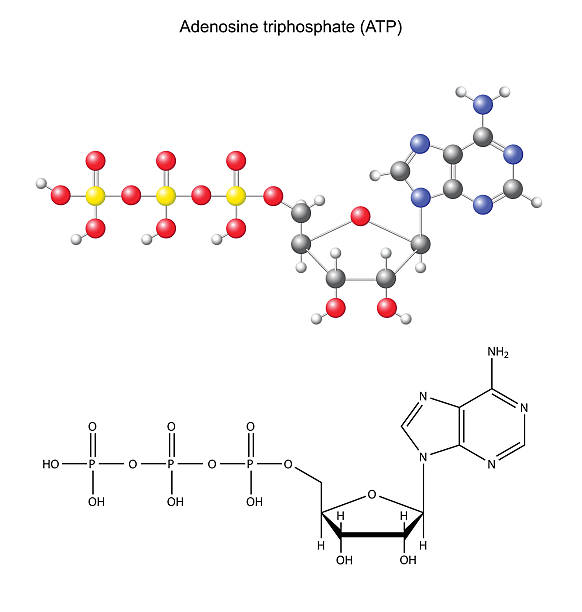
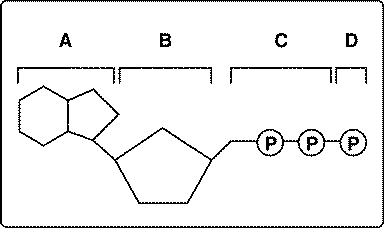







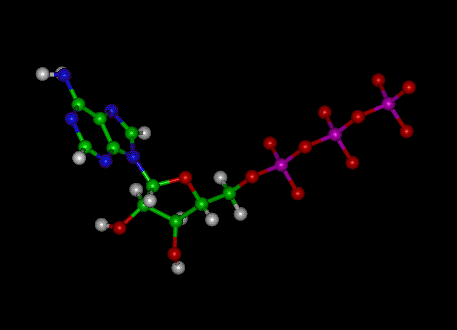
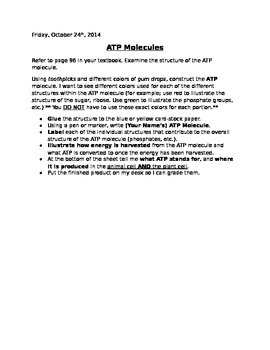

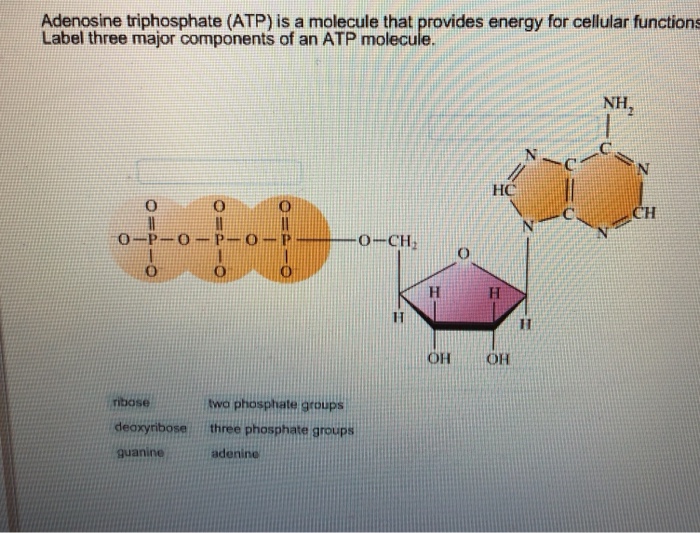
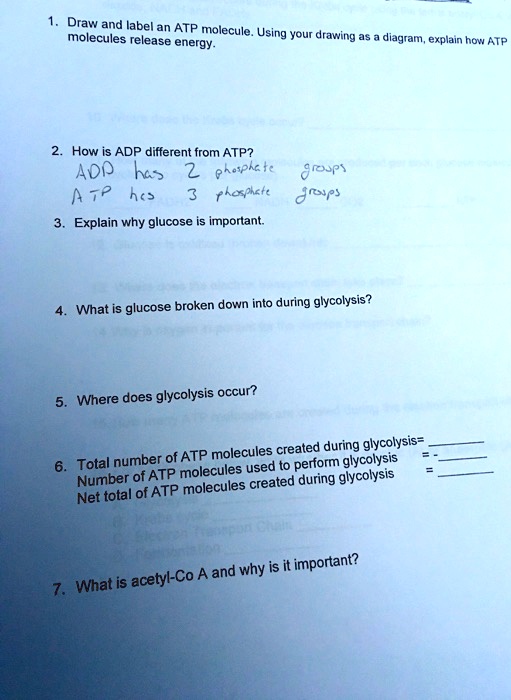
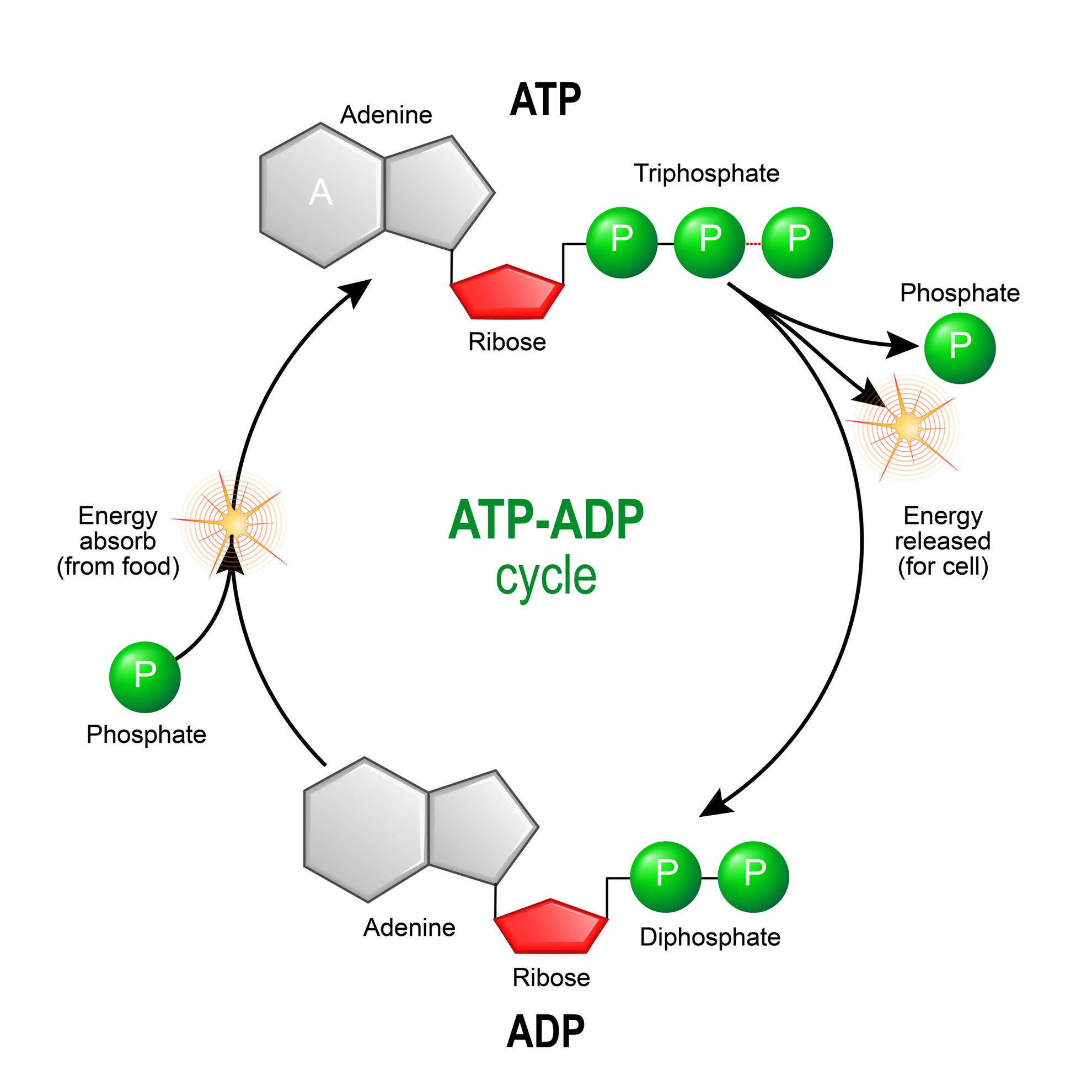
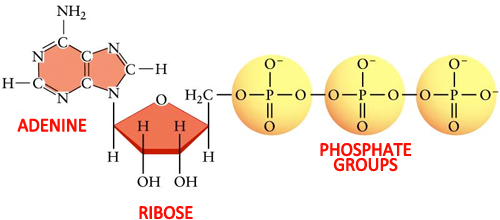


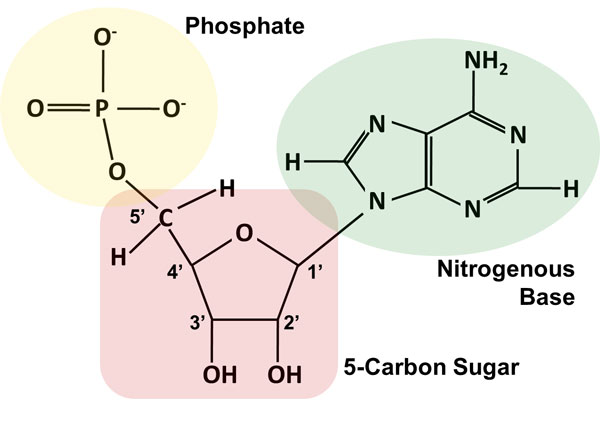


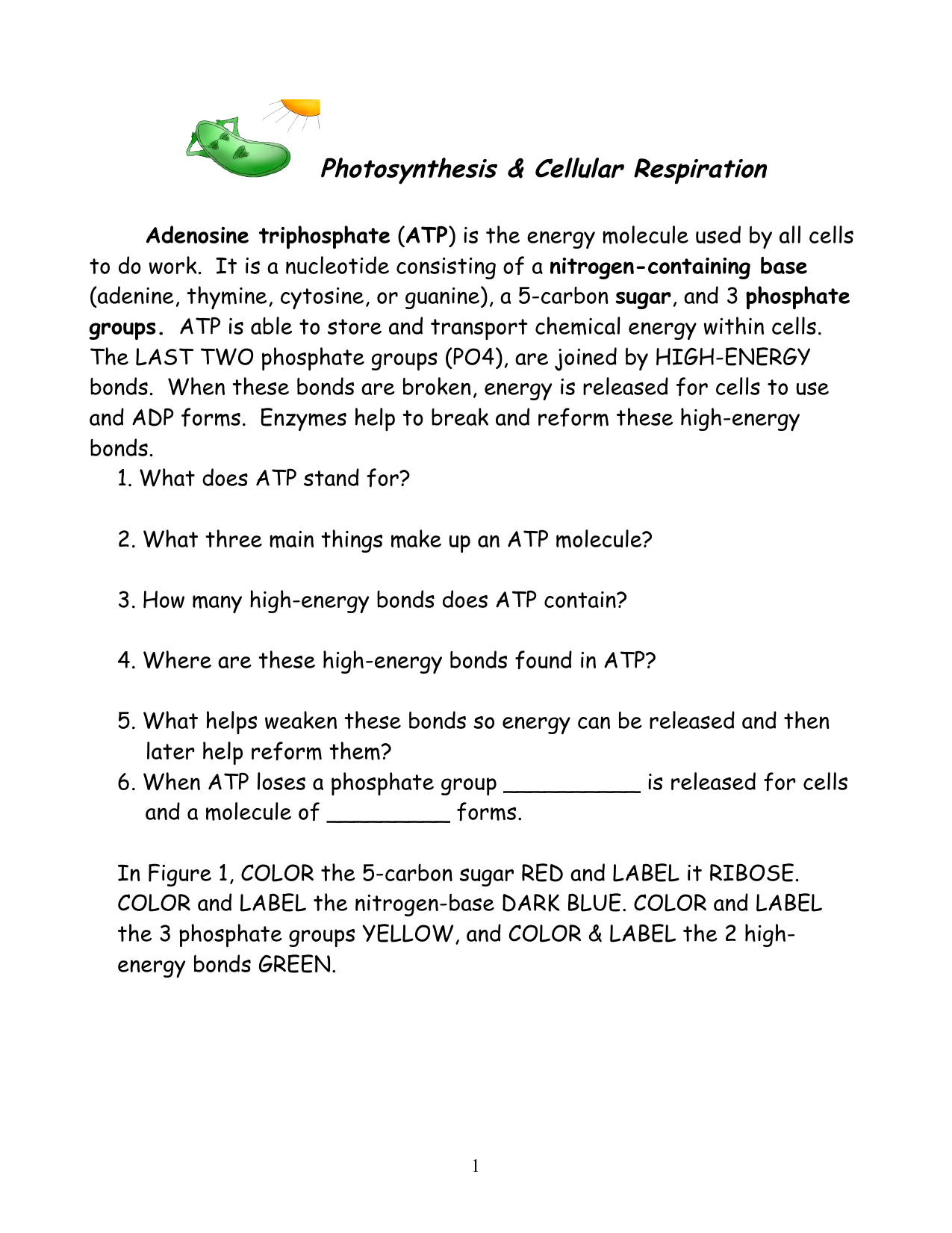

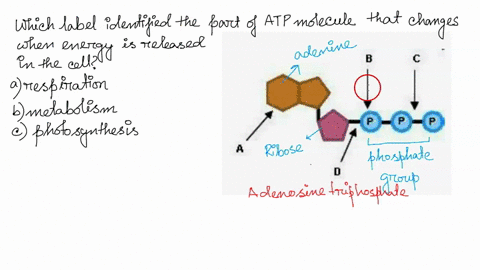




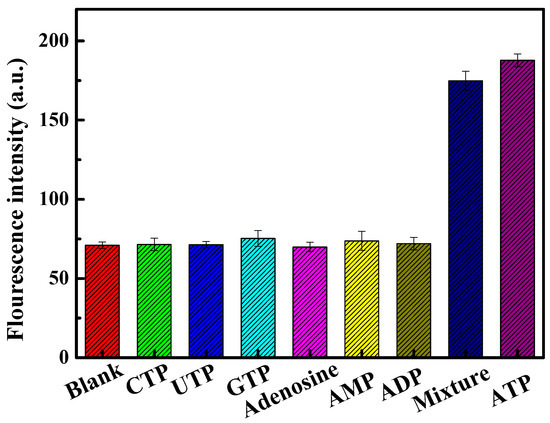

Post a Comment for "39 atp molecule label"